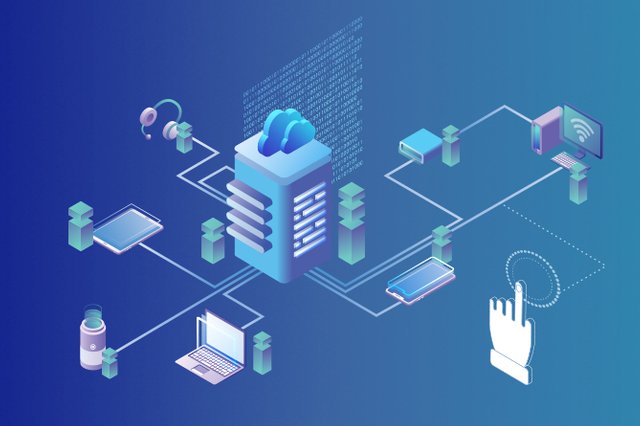
Blockchain and Internet of Things (IoT) are both poised to be world changing technologies, just at the beginning of their adoption curve. The intersection of blockchain and the Internet of Things (IoT) has emerged as one of the most promising use cases for blockchain. We often hear about the autonomous machine-to-machine ecosystems that will one day run on blockchain, but what could be expected from them in terms of data security and data integrity?
The foundation of blockchain is decentralized trust — an immutable source of the truth. Today, IoT data cannot be fully trusted outside of a data owner’s domain, due to inability to verify that data was not manipulated before being sent, sold, or used by third parties. For example, autonomous car startups and ride sharing giants, such as Uber and Lyft, have no solution to share trusted mapping or ride data; instead, they gather and store similar datasets independently. How can we break down these data monoliths and enable trust across parties? The answer lies in blockchain & IoT.
Trusted execution environments (TEE) in today’s IoT devices can attest that data came from a specific device, and once this data is stored on the blockchain it is immutable and traceable. The combination of secure IoT devices and blockchain introduces a pure source of IoT data, which is known to come from a specific source and be non-manipulated. New business models centered around this trusted IoT data will soon emerge — data can be bought, sold, shared, and used across otherwise untrusted parties.
At a more abstract level, the problem of secure data nowadays not only contains the problem of having non-manipulated data, but also implies that data is being trustworthy and authoritative. With relation to that issue, some people claim that blockchain networks themselves also have the potential to become independent agents, what some have referred to as “Distributed Autonomous Corporations.” This would replace systems like banking and arbitration, which have traditionally relied on trusted and centralized human authorities, with trusted and decentralized networks. Examples include electronic couriers to securely transfer sensitive information, escrow services to transfer ownership rights, or even auto-installation services to verify and push updates to the software governing other DACs.
https://medium.com/@ECOS_am/blockchain-and-internet-and-things-23225fe197bf
Hi! I am a robot. I just upvoted you! I found similar content that readers might be interested in:
https://hackernoon.com/blockchain-iot-whats-it-all-about-f594b3f0da1e
Downvoting a post can decrease pending rewards and make it less visible. Common reasons:
Submit